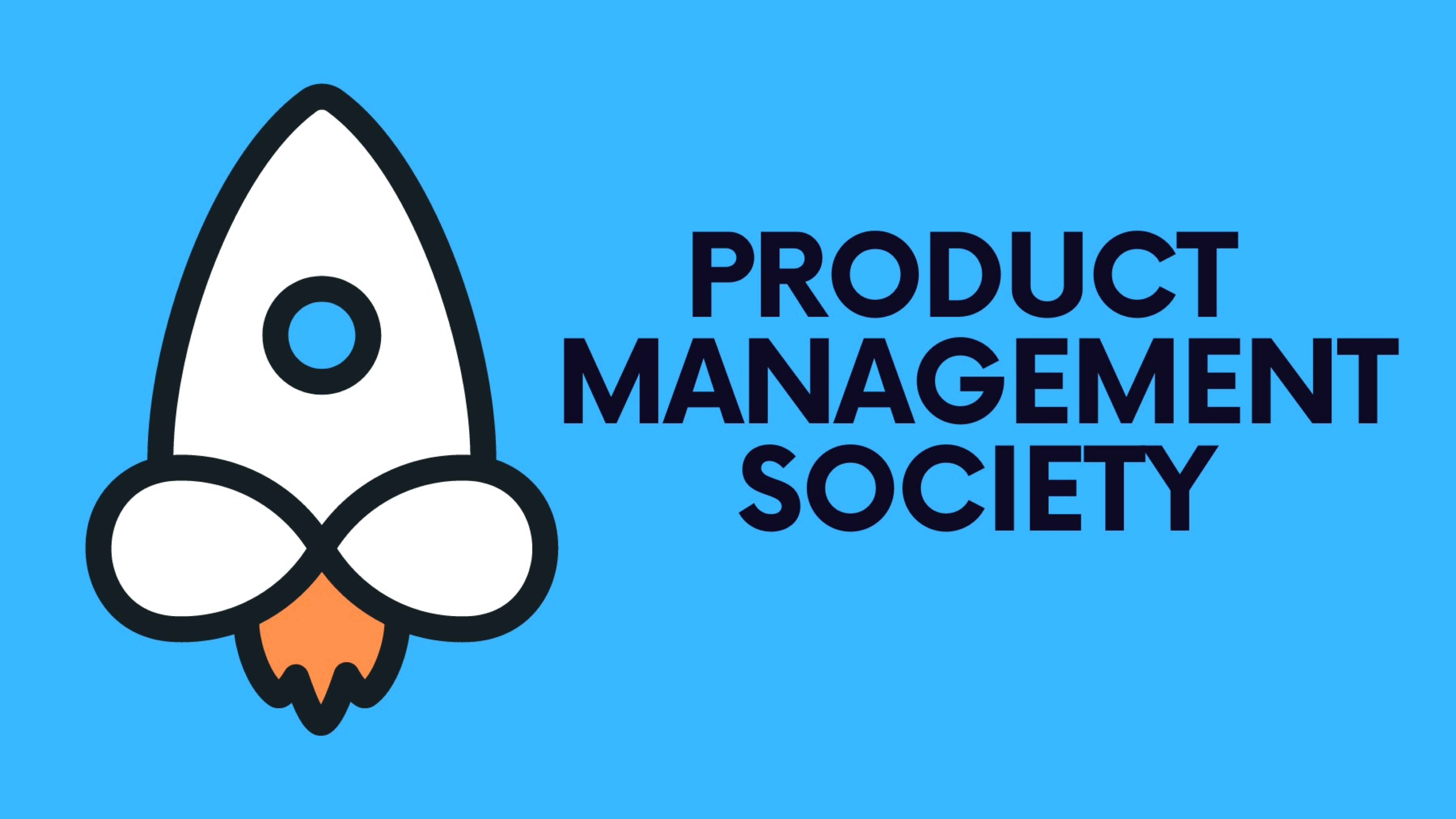These technologies are transforming how product managers operate, offering new tools and insights that were previously unimaginable. In this article, we'll explore the profound impact of AI and ML on product management, highlighting key areas where these technologies are making a significant difference.
Enhanced Data-Driven Decision Making
One of the most significant impacts of AI and ML on product management is the enhancement of data-driven decision-making processes. Product managers can now access advanced analytics and predictive models to analyze vast data to identify trends, user behaviors, and market opportunities.
Thanks for reading Product Management Society! Subscribe for free to receive new weekly posts 🚀
Example: A product manager can use ML algorithms to analyze customer feedback and usage patterns, predicting which features will be most popular or identifying pain points that need addressing. This allows for more informed decisions that align closely with user needs and market demands.
Improved Customer Insights
AI and ML can process and analyze data from various sources, such as social media, customer reviews, and usage data, to generate deep customer insights. These insights help product managers better understand customer preferences, behaviors, and sentiments.
Example: Sentiment analysis tools can automatically analyze customer reviews and social media posts to gauge customer satisfaction and identify areas for improvement. This enables product managers to respond proactively to customer needs and enhance the overall user experience.
Predictive Analytics for Product Roadmaps
Predictive analytics powered by AI and ML can forecast future trends and market dynamics, helping product managers create more effective and forward-looking product roadmaps. These tools can identify potential risks and opportunities, allowing for better strategic planning.
Example: A product manager can use predictive models to forecast the adoption rate of a new feature or product based on historical data and market trends. This helps prioritize features likely to have the highest impact and align development efforts with market demands.
Automation of Routine Tasks
AI and ML can automate many routine tasks, allowing product managers to focus on more strategic activities. Automation can handle tasks such as data collection, report generation, and even some aspects of customer support.
Example: Automated data collection and reporting tools can gather and process performance metrics, generating detailed reports without manual intervention. This saves time and ensures product managers have up-to-date information at their fingertips.
Enhanced Personalization
AI and ML enable a higher degree of personalization in products and services. These technologies can help product managers create personalized experiences that cater to individual user preferences and needs by analyzing user data.
Example: Recommendation engines powered by ML algorithms can suggest products, features, or content tailored to preferences based on their past behavior and interactions. This leads to a more engaging and satisfying user experience.
Optimized Pricing Strategies
AI and ML can also play a crucial role in optimizing pricing strategies. These technologies can analyze market conditions, competitor pricing, and customer behavior to recommend optimal pricing models that maximize revenue and customer satisfaction.
Example: Dynamic pricing algorithms can adjust prices in real time based on demand, competition, and other factors. This ensures that the product remains competitively priced while maximizing profitability.
Risk Management
AI and ML can help product managers identify and mitigate product development and launch risks. These technologies can predict potential issues and recommend preventive measures by analyzing historical data and patterns.
Example: ML models can analyze past project data to identify common pitfalls and risks, such as delays or cost overruns. Product managers can use this information to develop more robust risk management plans and avoid common mistakes.
Conclusion
Integrating AI and ML into product management transforms how products are developed, managed, and optimized. These technologies offer powerful tools for data analysis, customer insights, predictive analytics, automation, personalization, pricing optimization, and risk management. As AI and ML continue to evolve, their impact on product management will only grow, enabling product managers to make smarter, data-driven decisions and deliver more value to customers.
Incorporating AI and ML into product management processes is no longer optional; it's a necessity for staying competitive in today's fast-paced market. Product managers who embrace these technologies will be better equipped to navigate the complexities of the modern product landscape and drive innovation and growth.
If you’re finding this newsletter valuable, consider sharing it with friends, or subscribing if you aren’t already. Also, consider coming to one of our Meetups and following us on LinkedIn ✨
Thanks for reading Product Management Society! Subscribe for free to receive new weekly posts 🚀







